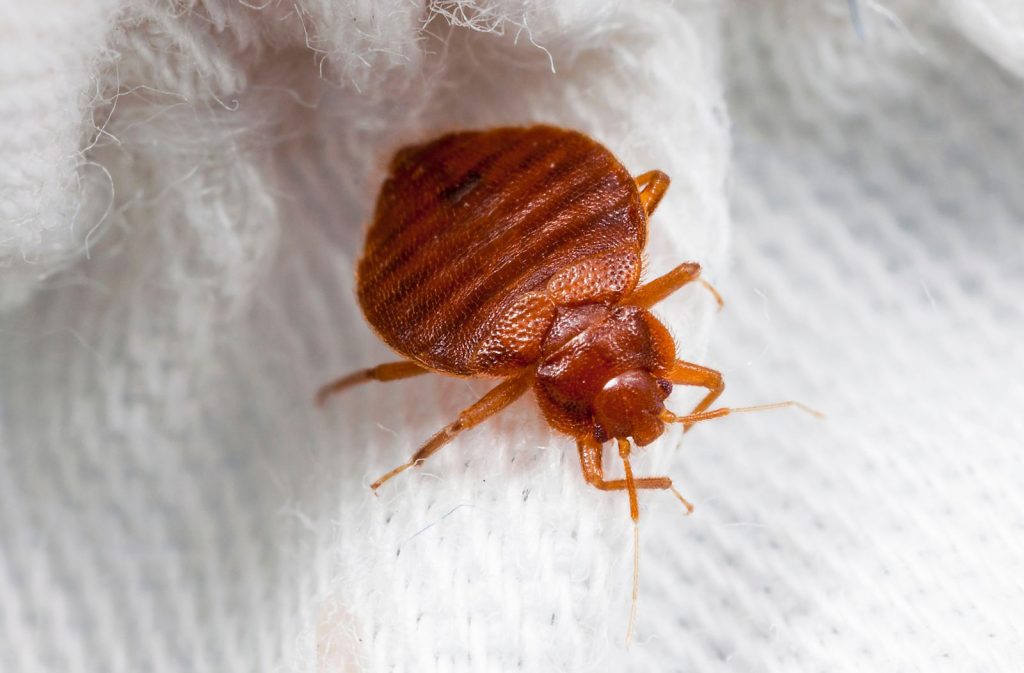Have you ever wondered why do bed bugs keep coming back, even after you thought you had gotten rid of them? It’s a puzzling problem that many homeowners face, and it can be incredibly frustrating. In this article, we’ll explore the surprising truth behind bed bugs’ resilience and what you can do to keep them away for good.
Biology and Habits of Bed Bugs

- Bed bugs are small, nocturnal insects that feed on the blood of humans and other warm-blooded animals.
- They are oval-shaped and brown in color, with a flattened body that allows them to hide in small cracks and crevices.
- They are small, measuring just 4 to 5 millimeters in length.
- They can live up to a year without food or water, and can survive temperatures from nearly freezing to 122°F.
- They are attracted to warmth and the carbon dioxide given off by humans and animals, which makes them more likely to bite humans in the night.
- They reproduce quickly, laying up to five eggs a day and up to 500 in their lifetime.
- They can travel up to 100 feet in one night, making them difficult to contain.
- They can hide in suitcases, clothing, and other items, making them easy to transport from place to place.
- They can survive in many different environments, including homes, hotels, offices, and public transportation.
Reasons Why Bed Bugs Keep Coming Back
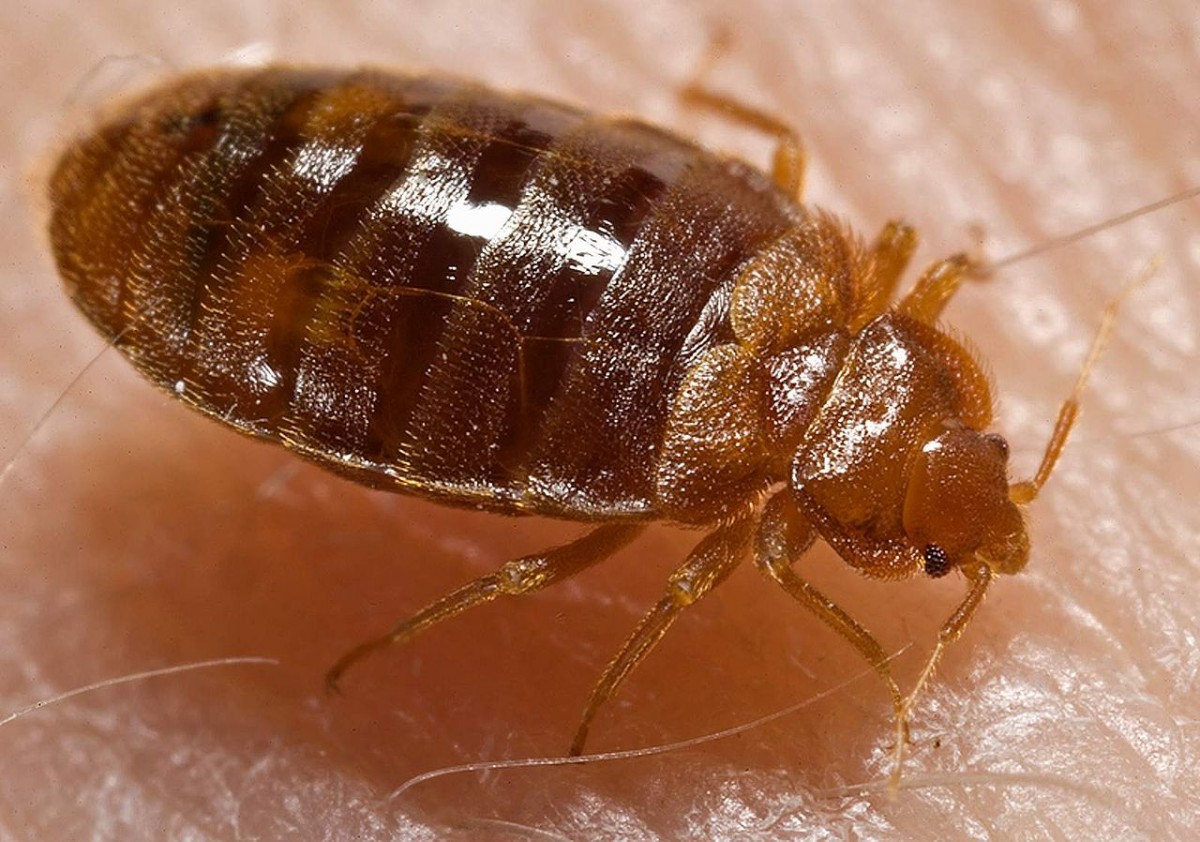
1. Unsanitary Conditions
Unsanitary conditions are one of the main reasons why bed bugs keep coming back. Bed bugs thrive in unclean and cluttered environments, where they can easily find food and places to hide. Poor hygiene and sanitation can lead to a buildup of dirt and debris, which can provide a perfect environment for bed bugs to live and breed.
2. Poor Housekeeping
Poor housekeeping can also contribute to bed bug infestations. Bed bugs can hide in cluttered and disorganized areas, such as closets, drawers, and underneath furniture. If these areas are not regularly cleaned and vacuumed, the bed bugs can easily go undetected.
3. Lack of Knowledge
Many people are unaware of how to prevent and treat bed bug infestations. Without proper knowledge and understanding, it can be difficult to spot and get rid of bed bugs.
4. Poor Pest Control Practices
If proper pest control practices are not followed, bed bugs can easily spread from one location to another. Bed bugs can travel through walls, electrical outlets, and other tiny crevices, which can make them difficult to contain.
5. Migration
Bed bugs are highly mobile and can easily migrate from one location to another. They can hitch a ride on clothing, luggage, furniture, and even pets, allowing them to spread to different areas.
6. Resistant Bed Bugs
In recent years, there has been an increase in bed bugs that are resistant to traditional methods of extermination. This means that even if you are able to get rid of the initial infestation, there is still a chance that the bed bugs can come back.
Prevention and Control
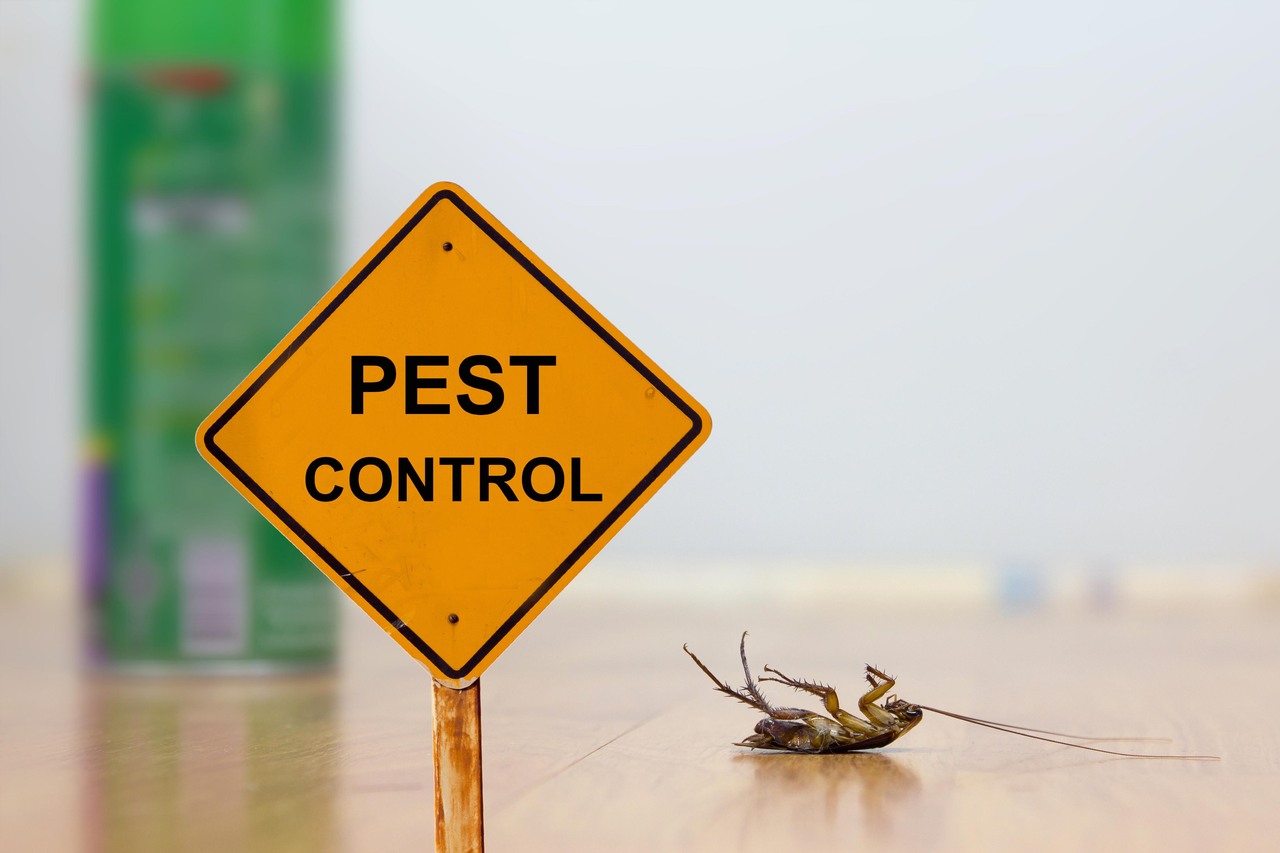
Bed bugs are resilient and difficult to get rid of, but there are measures I can take to prevent and control them. The first step is to identify the source. Bed bugs are most commonly spread by humans, so I need to inspect any items I bring into my home. If I travel, I need to inspect my hotel room for any signs of bed bugs.
Another important step is to keep my home clean and clutter-free. Bed bugs can hide in clutter, so it’s important to keep my home clean and organized. I should also keep my bedding and furniture clean. Vacuuming regularly and washing bedding in hot water can help reduce the number of bed bugs in my home.
I can also use insecticides to control bed bugs. There are many sprays and powders available that can help kill bed bugs in my home. However, I need to be careful when using these products, as they can be toxic.
Finally, I should consider calling a professional exterminator if the bed bug problem is severe. Exterminators can use more powerful insecticides to get rid of bed bugs. They can also provide advice on how to prevent bed bugs from returning in the future.
1. Cleanliness and Sanitation
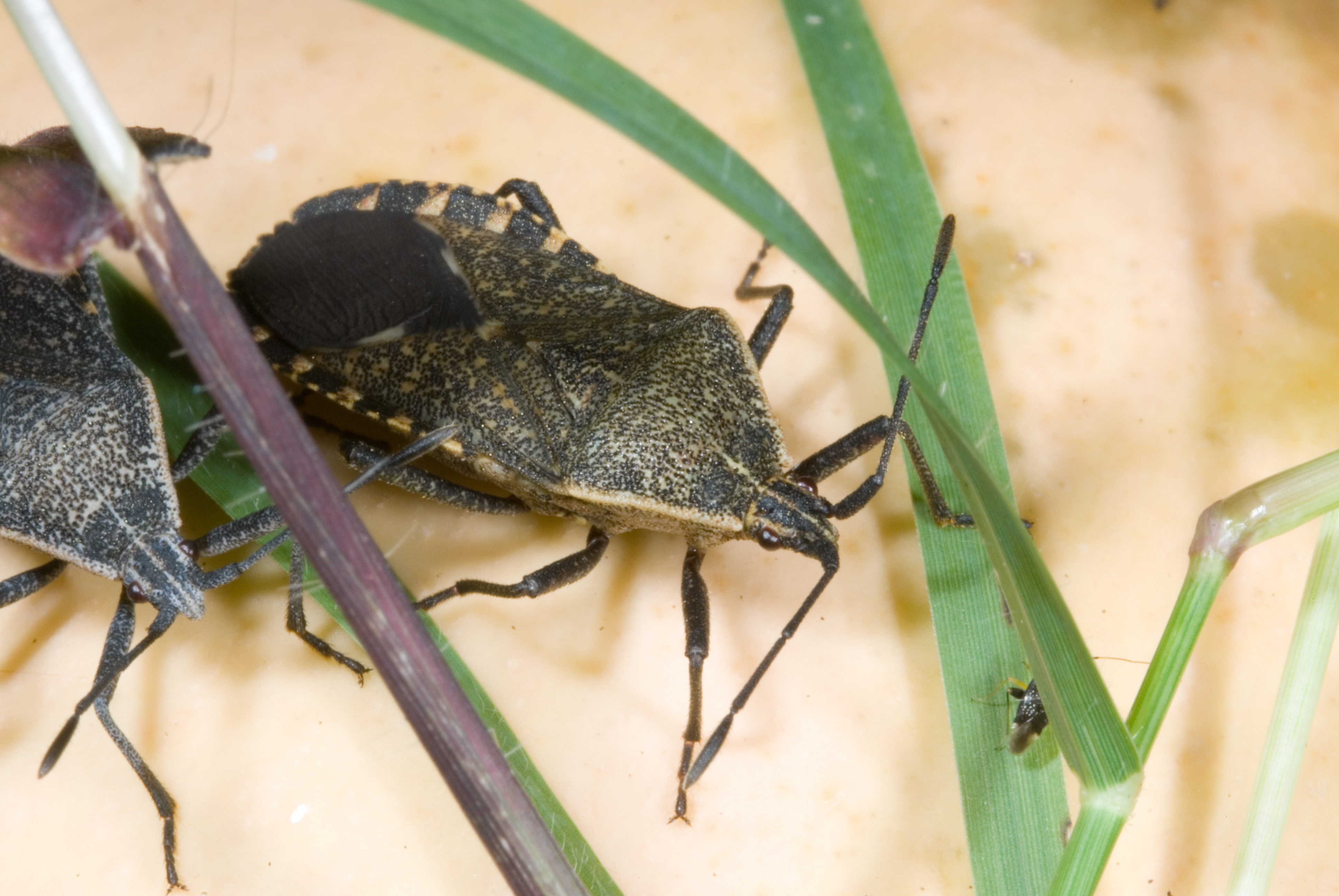
Bed bugs are attracted to dirt, clutter, and other sources of filth. Therefore, it is important to keep the home clean and free of clutter to reduce the chances of bed bugs coming back. Vacuuming carpets, furniture, and other areas of the home regularly can help to reduce the chances of bed bugs returning. Cleaning the bedding and other linens, and laundering them in hot water, is also important. Additionally, any cracks or crevices should be sealed to limit any hiding places for the bed bugs. Keeping the home clean and free of clutter is the best way to ensure that bed bugs do not keep coming back.
2. Vacuuming and Washing Bedding
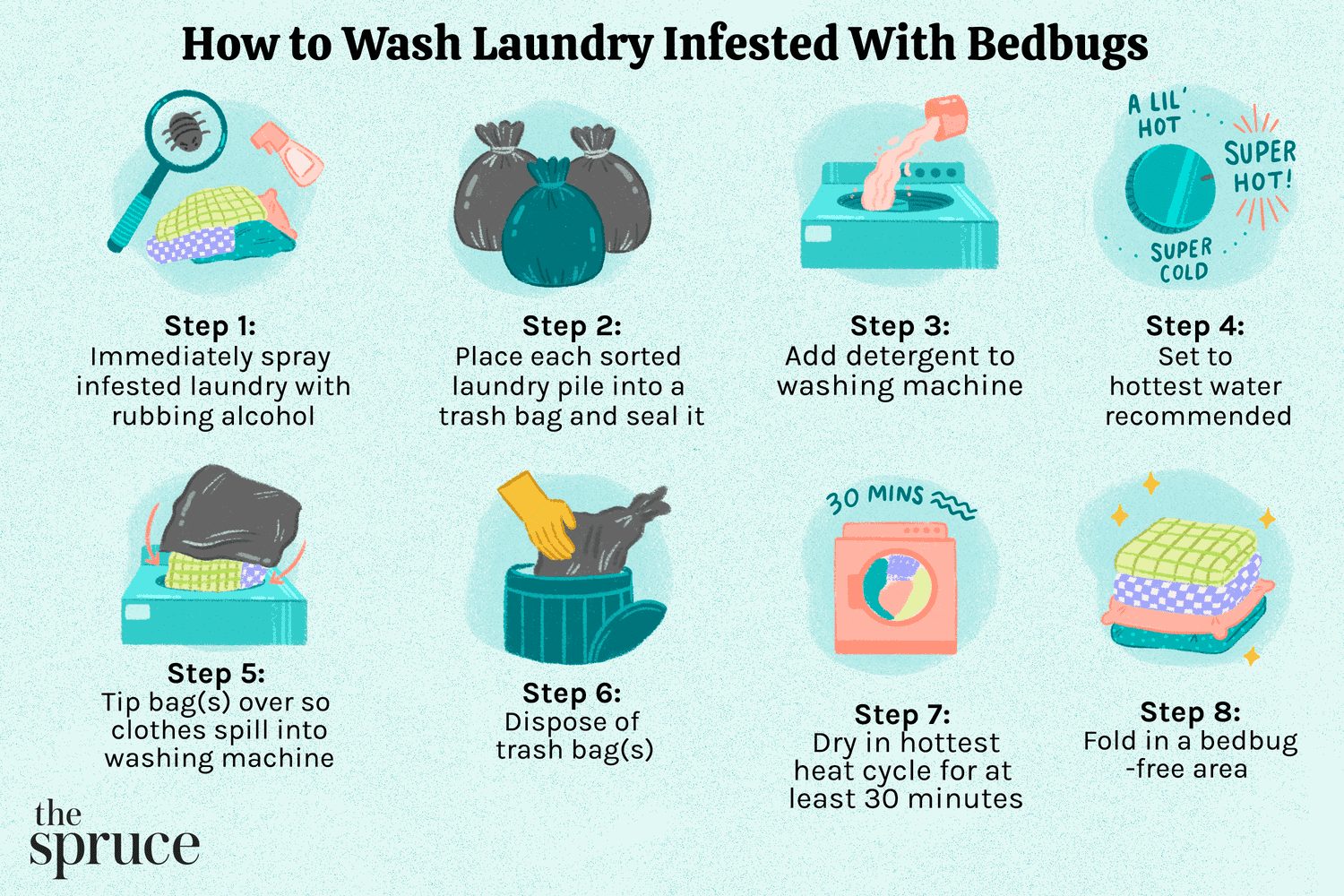
- Vacuum your entire house, including carpets, furniture, and other fabrics.
- Wash all bedding, curtains, and other fabrics in hot water.
- Dry all fabrics in a hot dryer for at least 20 minutes.
- Vacuum again after washing to remove any remaining bed bugs or eggs.
I recommend doing this at least once a week to ensure that bed bugs don’t keep coming back. Vacuuming and washing bedding can also help reduce the number of bed bugs in your home.
3. Inspecting and Sealing Cracks and Crevices

I inspect every corner of the room, looking for any cracks and crevices that bed bugs could use to get in. If I find any, I seal them with caulk. I also look for signs of bed bugs, like dark spots or eggs. If I find any, I use insecticide to get rid of them.
| Task | Description |
|---|---|
| Inspecting | Check for cracks and crevices that bed bugs could use to get in |
| Sealing | Seal cracks and crevices with caulk |
| Insecticide | Use insecticide to get rid of bed bugs |
4. Using Insecticides
- Spraying insecticides on the affected area can help in killing the bed bugs.
- Use a combination of insecticides, preferably those which are labeled specifically for bed bugs, for better results.
- Be sure to use the insecticides as per the instructions given in the label.
- Using insecticides with pyrethroid is the most effective way of getting rid of bed bugs.
- Ensure that the insecticide is applied to all the cracks and crevices that the bed bugs may be hiding in.
- Keep in mind that insecticides do not penetrate through the fabric materials, and hence they should be used in combination with other control measures.
5. Hiring a Pest Control Professional
Hiring a pest control professional is one of the most effective ways to permanently get rid of bed bugs. Pest control professionals are well-equipped to handle infestations of any size, and they have the knowledge and experience to ensure the job is done right.
When hiring a pest control professional, it’s important to research the company and ensure they use safe, approved treatments. Ask questions about their methods, and be sure to get a detailed quote that includes the cost of treatment and any follow-up visits.
Before treatment begins, you should declutter the areas that need to be treated and wash any linens or clothing that may be affected. This will help the treatment be more effective.
| Advantages | Disadvantages |
|---|---|
| – Experienced professionals | – Expensive |
| – Safe, approved treatments | – Time consuming to prepare for treatment |
| – Can handle infestations of any size | – Follow-up visits may be required |
Overall, hiring a pest control professional is an effective way to get rid of bed bugs for good. It may be a bit more expensive than DIY methods, but it’s the surest way of eliminating the problem.
Frequently Asked Questions
What are the surprising truths behind bed bugs’ resilience?
Bed bugs are highly resilient and can survive up to a year without feeding, making them difficult to eradicate. Their small size and propensity to hide in small crevices in furniture, mattresses and other household items makes them hard to find and eliminate. Bed bugs can also survive in a wide range of temperatures, from nearly freezing to 122 degrees Fahrenheit, allowing them to thrive in a variety of environments. Additionally, bed bugs are resilient to many insecticides and have even developed a resistance to certain chemical treatments.
How do bed bugs adapt to their environment?
Bed bugs are able to adapt to their environment by adjusting their behaviors to suit their needs. They can hide in small crevices, use their strong sense of smell to locate food, and have the ability to survive for up to a year without feeding. Bed bugs can also survive in a variety of temperatures and humidity levels, so they can live in many different environments. Additionally, bed bugs can produce a type of anesthetic-like compound that helps them avoid detection.
How can I prevent bed bugs from returning to my home?
To prevent bed bugs from returning to your home, practice good hygiene and housekeeping habits. Regularly vacuum and steam clean your carpets and upholstered furniture. Wash and dry clothing, bedding, and other items at high temperatures. Seal cracks and crevices in your walls and furniture to prevent bed bugs from entering. Eliminate clutter in your home as bed bugs like to hide in it. Consider using encasements for mattresses, box springs, and pillows as an added layer of protection. Finally, inspect any items you bring into your home for signs of bed bugs.
What are the most effective methods of eliminating bed bugs?
The most effective methods for eliminating bed bugs involve a combination of chemical treatments and non-chemical treatments. Chemical treatments involve using insecticides such as aerosols, dusts, and liquid sprays; these insecticides are applied directly to the cracks and crevices where bed bugs are hiding. Non-chemical treatments include vacuuming, steam treatments, and encasements which trap the bed bugs inside and prevent them from infesting other items. Additionally, it is important to launder clothes, bedding, and curtains to eliminate any bed bugs that may be present.
How long can bed bugs live without a food source?
Bed bugs can survive without a food source for up to six months. They can enter a state of dormancy, reducing their metabolism and slowing their development until food is available again. Bed bugs are resilient and can even survive extreme temperatures and lack of humidity. This explains why bed bugs can keep coming back and why it is important to take preventative action to protect your home.
Conclusion
Bed bugs are a nuisance and a challenge to eradicate if you don’t know the root cause of their return. Armed with the knowledge of their feeding habits, reproduction cycle, and other behaviors, homeowners can better manage the infestation and prevent them from coming back. The best way to get rid of bed bugs is to take preventive measures before they start to breed, such as vacuuming and cleaning regularly, using an insecticide, and encasing mattresses and box springs in protective covers. Furthermore, if you suspect that bed bugs are present, contact a professional exterminator as soon as possible.
